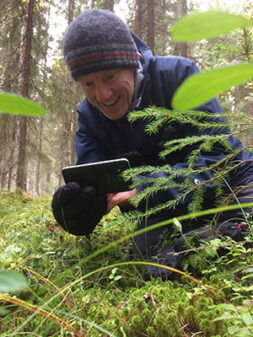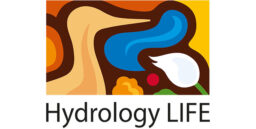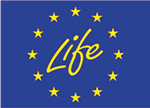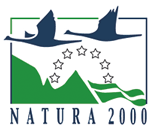Co-operation and Networking in Hydrology LIFE Project
International co-operation and results from latest studies

A group of experts from Pennine PeatLIFE, IUCN UK and UK Enviroment agency visited Hydrology LIFE late September 2018. The group guided by Finnish restoration experts explored restoration sites in Kauhaneva, Seitseminen and Lauhanvuori National Parks.
A workshop on ecosystem service benefits produced by restoration was organized as part of the excursion. Jillian Hoy from IUCN UK introduced us to the UK Peatland CODE, a mechanism that allows financing restoration measures by selling carbon credits produced by restoration. The potential for improving downstream water quality and mitigating climate change were discussed in Finnish examples.
Long-term time series suggest that restoration may decrease the amount of nutrients in downstream water courses. See Figure by Tapani Sallantaus.
Presentations (pdf)
- Jillian Hoy, IUCN UK Peatland Programme: Peatland Code
- Tapani Sallantaus, Finnish Environment Institute: Potential for improving downstream water quality by restoration
- Kaisu Aapala, Finnish Environment Institute: Restoring peatland ecosystem services – case study Finland
- Paavo Ojanen, University of Helsinki: Peatland rewetting and climate regulation
Read more:
- Pennine PEATLIFE Project (penninepeatlife.org.uk)
- Peatland Group of the Finnish Board on Ecological Restoration
Nordic Platform Meeting June 2018
The Nordic Platform Meeting gathered 69 participants from LIFE Nature projects in Nordic countries and the Integrated LIFE NAT projects in Nordic countries and in Lithuania. The Platform Meeting took place on 11–13 June 2018, in beautiful Punkaharju, southeast Finland.
Workshop on Remotely sensed (RS) monitoring, 2019
Understanding and monitoring the effects of ecological restoration is one of the key challenges during the forthcoming United Nations Decade of restoration. Remote sensing provides huge possibilities for achieving data and results that cannot be reached by field work. Despite recent important advances, few methods can be directly taken up by practitioners interested in monitoring the change of peatland ecosystems.
A workshop tackling the challenges of remotely sensed (RS) monitoring the effects of peatland restoration was organized in Oulu, Finland 23-25th September 2019.
The aim was, firstly, to bring together specialists working with different RS methods, and hence enhance understanding on ongoing work in different European countries. The short presentations by the participants and lively discussions showcased the diverse and often uncoordinated work going on related to RS on peatlands in Finland, Estonia, Sweden, Latvia and Lithuania.
Secondly, the participants searched answers for practical problems related to developing RS methods for Finnish restored peatlands. This was done by workshopping and familiarizing with local peatland restoration methods in the famous Olvassuo mire complex.
Some answers for open questions were received during the workshop. However, many questions remain open, and could be more efficiently solved by better understanding the work by other projects and institutions; further co-operation was seen highly useful. The participants, therefore, agreed to establish a network to continue working together towards common goals.
The workshop was organized by Hydrology LIFE project financed by the European Commission LIFE funding. It was part of the Natura 2000 biogeographical process that aims at enhancing co-operation between Natura 2000 managers.
- Hydrology LIFE project presentation (Tuomas Haapalehto, Metsähallitus, Parks & Wildlife Finland)
- Life Mires of Estonia, project presentation (Marko Kohv, Estonian Fund for Nature)
- Experiences gained in mapping mire vegetation and topography using airborne discrete-return and waveformrecording lidar and multi-view image analyses (Ilkka Korpela, University of Helsinki)
- A short introduction to some of my latest research (Aleksi Räsänen, University of Helsinki)
University of Oulu examined the impacts of restoration
Our project partner, the University of Oulu, examined the impacts of peatland restoration in a long scale, from 10 to 15 years. The impacts on the water quality of peatlands and drainage areas was monitored by hydrological measuring and analysing peat. The aim was also to find out how the remote sense mapping can benefit monitoring the impacts of restoration.
University of Oulu Science Garden videos present some of the main methods. You can choose text versions in English for the videos:
- Drone mapping as a method of monitoring the results of peatland restoration (youtube.com)
- Field survey as a part of monitoring the results of peatland restoration (youtube.com)
- Monitoring the results of peatland restoration at Olvassuo Nature Reserve, Finland (youtube.com)
Last updated 19 July 2024


